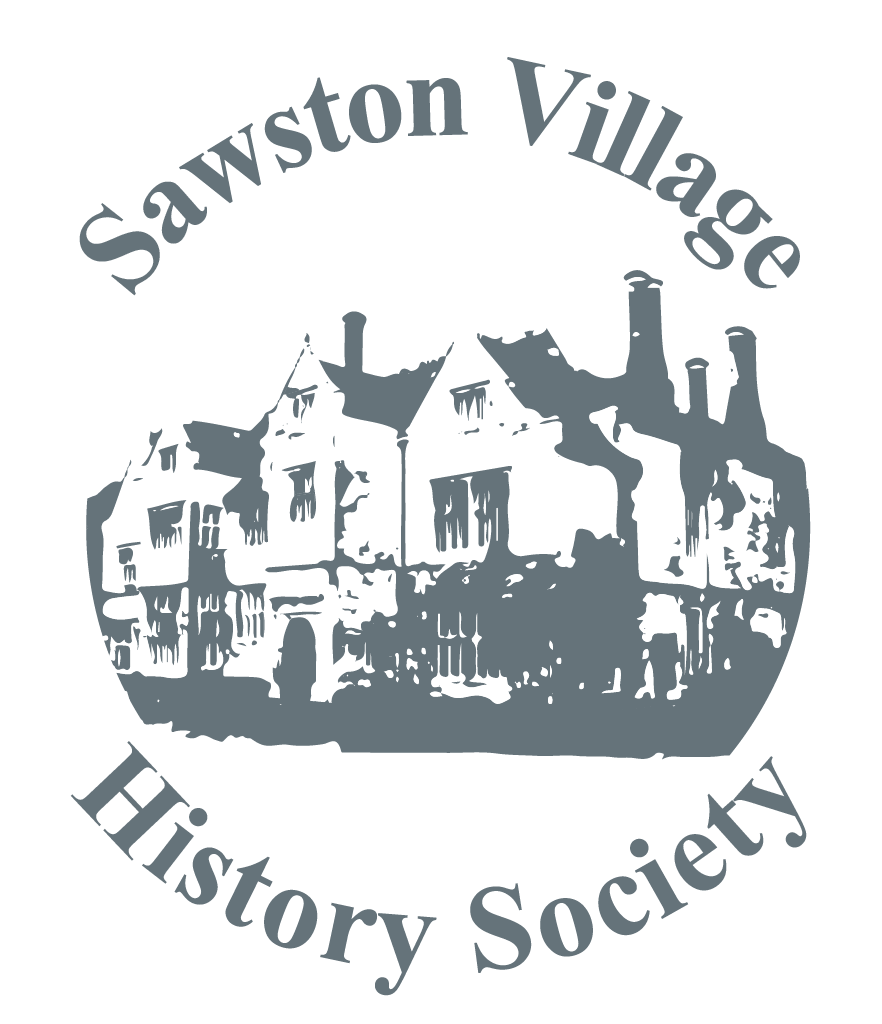
The 16 month archaeological investigation of this site was the biggest ever undertaken in Cambridge. It was carried out by the Archaeological Unit of Cambridge University of whom Alison Dickens is a Senior Archaeological Manager. The brief was to examine the archaeology from modern times right back to the bronze age, with special reference to the Kings Ditch. Preliminary investigational work was started as early as 1996, which entailed systematically photographing every part of the Robert Sayles buildings. These photographs were used to construct a superb computerised 3D model of the entire complex.
Since the medieval King’s Ditch was known to cut through this site in an approximate N- S direction it was an important aim to attempt to reveal some of the original ditch. This would have marked the boundary of medieval Cambridge, anything to the east being outside and forming a suburb.
A study of old maps showed that there was “organised space” only on the town side (behind St Andrews Street) up to the end of the 18th century, indicating that there would not be much evidence of any buildings outside this are, it only being developed within the last 200 years.
The Lion Yard development of the 1960’s (when only about 2 months was allowed for archaeology) had destroyed much evidence of the Kings Ditch, but 2 sections were uncovered, one of which was 14m across and 2.5m deep with steep sides and a flat base. On the “outside” of the ditch a significant medieval suburb development was uncovered with indications that the area was divided in the late 11th century. Could this have had anything to do with the first Norman Cambridge sheriff, Picot, who featured unfavourably in the May SVHS presentation?
There were a number of interesting and intriguing finds including 4 horse skulls buried upside down; skeletons of some 16th century diseased cows; the remains of an iron age ditch; a number of wells spanning 500 years; and, perhaps, the piece de resistance being a unique handled wooden jug. This was probably 14th century, turned with considerable skill from one piece of European maple. The somewhat damp conditions favoured the preservation of this and many other artefacts, including a rare leather 16th century tankard.
There was much evidence of the reuse and recycling of building materials. One especially intriguing example was the discovery of a 16th century well lined with exquisitely decorated carved clunch which was almost certainly of ecclesiastical origin. There was a nearby priory on the site of Emmanuel College which, at the time of the dissolution of the monasteries in the 1530s, fell into disuse. So it is not hard to imagine the source of the carved clunch!
Alison concluded this excellent talk explaining that the amount of material found exceeded expectations as it had been assumed that much of the archaeology would have been destroyed as a result of the building work carried out in the later part of the last century. This was now in the process of being written up in several volumes. It was also hoped to make available electronically the fascinating computer 3D model of the complex. Alison was also hoping that the wooden jug, after its lengthy preservation treatment, would be prominently displayed in the Fitzwilliam Museum, with a replica on display in the Grand Arcade. This is assuming that there is somebody capable of making such a wooden jug from a single piece of wood at a not too outlandish price.
The Sawston Community Archive Group (SCAG) now has a strong nucleus of members drawn from the Society, but is also open to non-SVHS members. Our mission (as they now say) is to create a digital archive of anything relating to Sawston, under the auspices of the Cambridgeshire Community Archive Network (CCAN), web site: www.ccan.co.uk. We usually meet at Sawston library (for times please contact Liz Dockerill on 01223 835127) for on-line archiving sessions.
Our archivist, Bryan Howe is at the Sawston Heritage Centre in the Sawston Parish Council Office, Link Road on Monday mornings. Bryan is very amenable to arranging an alternative time to view the archivesif necessary. Just ring him on 01223 833963 to arrange a mutually convenient time.